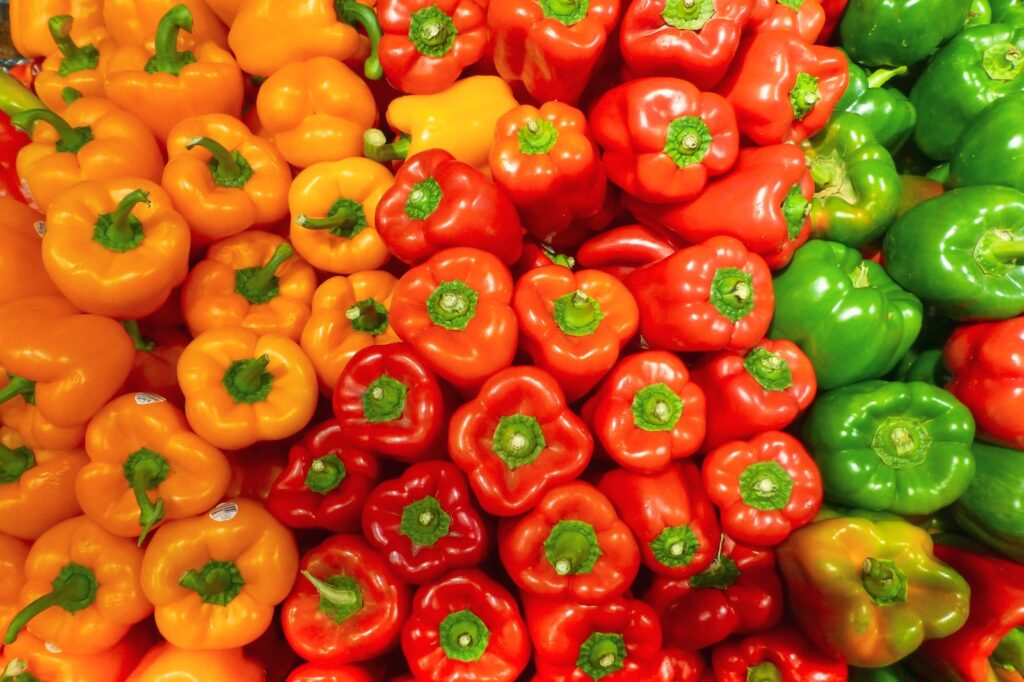- No. 268 Xianghe Street, Economic Development Zone of Xingtai city, Hebei 054001 China
- Byron@hbhongri.cn
Exploring Different Varieties of Dried Chilies and Their Unique Flavors
Exploring the Vibrant World of Dried Chilies
Dried chilies have long been celebrated in culinary traditions around the globe, adding depth, flavor, and heat to countless dishes. From spicy salsas to rich sauces, these potent ingredients not only enhance dishes but also bring a sense of history and culture into the kitchen. Understanding the various types of dried chilies can enrich your cooking experience and elevate your recipes. Let’s embark on a flavorful journey through the diverse world of dried chilies.
1. Ancho Chili
Ancho chilies are the dried form of the poblano pepper and are a staple in Mexican cuisine. Characterized by their deep burgundy color and wrinkled appearance, they possess a mild to medium heat level, often described as sweet and fruity. Ancho chilies are commonly used in mole sauces and are excellent for adding depth to stews and casseroles. When rehydrated, they bring a rich, smoky flavor that complements tomatoes and meats beautifully.
2. Guajillo Chili
Guajillo chilies are another fundamental ingredient in Mexican cooking. These dark red, elongated chilies have a distinctive tangy flavor with hints of berry and are typically medium to hot on the Scoville scale. They are often found in sauces, marinades, and spice blends. Guajillo chilies add a complex warmth to dishes and are essential for making authentic chili con carne or enchilada sauce.
3. Chipotle Chili
Chipotle chilies are actually jalapeños that have been smoked and dried, resulting in a unique and robust flavor profile. Known for their smoky aroma and moderate heat, they are versatile enough to be used in a variety of dishes, from BBQ sauces to Mexican street corn (elote). They can be found in whole dried forms or ground into chipotle powder. The smoky flavor they impart makes them irreplaceable in many recipes.
Pasilla chilies are dark brown to black and are harvested when ripe. With a rich, complex flavor that combines earthy and fruity undertones, pasilla chilies are typically mild in heat. They are often used in traditional salsas and mole sauces, making them a vital part of authentic Mexican cuisine. When rehydrated, their flavor develops even further, making them a fantastic addition to soups and sauces.
5. Arbol Chili
types of dried chilies

Arbol chilies are small, slender, and vibrant red, known for their intense heat. These chilies have a bright, grassy flavor and are often used to add heat to sauces and salsas. They can also be ground into powder to make chili flakes, perfect for sprinkling over pizza or pasta dishes. Due to their heat, a little goes a long way, making them an essential tool in the spice cabinet for those who enjoy a fiery kick in their meals.
6. Mulato Chili
Mulato chilies are similar to ancho chilies but have a darker appearance, often appearing chocolate brown. They possess a mild sweetness and complex flavor, blending hints of chocolate and cherry. Mulato chilies are commonly used in mole sauces and can also enhance the taste of meats and stews. Their unique flavor makes them a fantastic addition to various dishes, especially those with rich, savory profiles.
7. New Mexican Chili
New Mexican chilies come in several varieties, the most notable being Hatch chilies. These chilies are celebrated for their nuanced flavors, ranging from mild to hot. They are typically used in Southwestern cooking and are indispensable for making green chili sauce. Their robust flavor allows them to shine in dishes like enchiladas, quesadillas, and roasted meats.
Cooking with Dried Chilies
When cooking with dried chilies, the first step is usually to rehydrate them, which involves soaking them in hot water for about 15-30 minutes until they soften. This process releases their flavors and makes them easier to blend into sauces, pastes, or marinades. Once rehydrated, dried chilies can be pureed, chopped, or left whole, depending on the desired texture and intensity of heat in your dish.
It is essential to remember that the heat level of chilies can vary significantly depending on their ripeness, drying method, and individual plant characteristics. Always taste a small piece before using them in a recipe to gauge their heat and adjust accordingly.
Conclusion
From the smoky depths of chipotles to the sweet complexities of anchos, dried chilies offer a treasure trove of flavors for any adventurous cook. Embracing these exquisite ingredients allows one to unlock a whole world of culinary possibilities, transforming ordinary dishes into extraordinary experiences. Whether you're spicing up a soup or creating a rich mole, dried chilies are essential players in the flavor game. So next time you're in the kitchen, don't hesitate to experiment with these vibrant ingredients and discover the joy they bring to your cooking!
-
Turmeric Rhizome Powder: A Golden Treasure from Roots to TableNewsJul.28,2025
-
The Versatile Application Of Crushed Red Hot Peppers: Lighting Up The Red Flames On The Dining TableNewsJul.28,2025
-
The Paprika: A Touch Of Vibrant Red In Color, Flavor, And CultureNewsJul.28,2025
-
Ground Turmeric: A Modern Examination of an Ancient SpiceNewsJul.28,2025
-
Capsicum Liquid Extract: Features, Applications, and ChallengesNewsJul.28,2025
-
Application of Capsicum Liquid Extract in FoodNewsJul.28,2025







